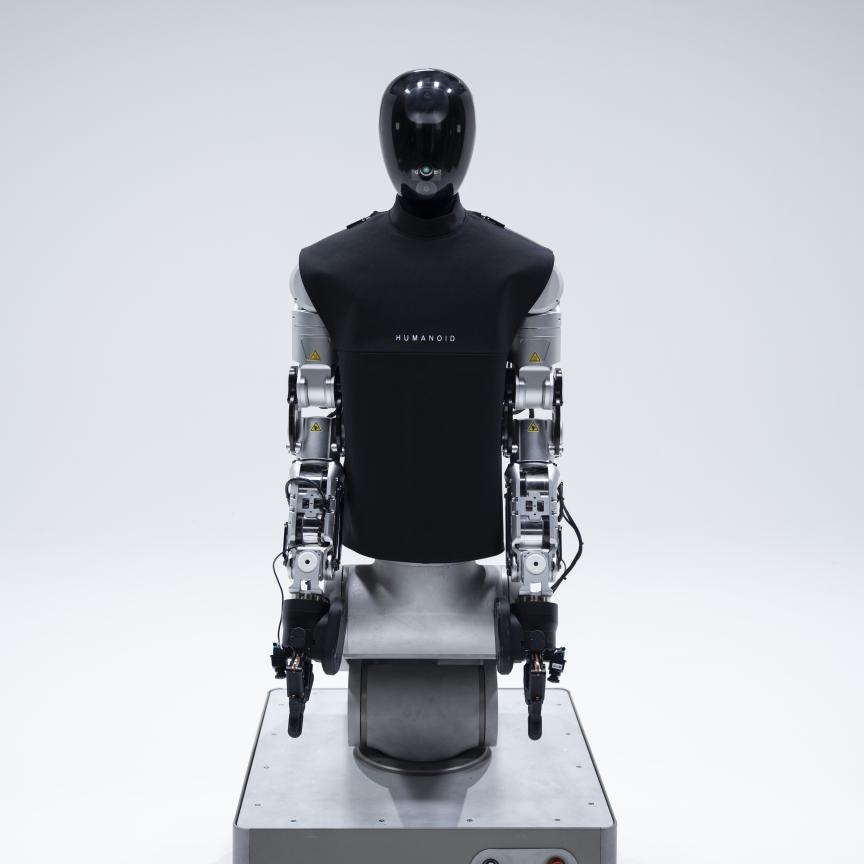The need for continued improvements in machine vision systems – and the image sensors that power them – is critical to drive the further adoption of smart factories. And while increased resolution is typically identified as a critical need in nearly every imaging application, the sophisticated needs of machine vision systems often require more than simply providing more pixels to improve performance and productivity.
Bandwidth – the combination of resolution and frame rate – often becomes a critical parameter for machine vision, as systems look either to provide higher resolution without reducing frame rate or to increase frame rate at a given resolution node. Meeting this need requires the development of image sensor interfaces that can meet or exceed the bandwidth available from computer interfaces such as USB 3.1, 10GigE and others, ensuring that the image sensor does not act as a bottleneck in the data flow of the overall system.
While some industrial applications require the critical image quality and image uniformity currently available only from CCDs, many industrial imaging applications today routinely rely on CMOS image sensors because of the broad feature set – including high data bandwidth – available from this technology. While the image quality available from CMOS is more than sufficient for many applications, opportunities remain to improve image quality and overall performance. To succeed here, image sensor suppliers will need to rely not only on technologies developed specifically for machine vision but also those leveraged from adjacent imaging markets, such as high dynamic range pixel designs, small pixel architectures, and electron multiplication to provide increasingly higher performance from these devices.
Further, the rise of embedded imaging requires sensors that enable compact, low power – and low cost – cameras that can be deployed easily throughout a factory floor. This requires the development of pixel architectures that provide the same – or improved – imaging performance while reducing pixel size, combined with outputs that give the bandwidth needed for these applications while operating with a low power footprint.


